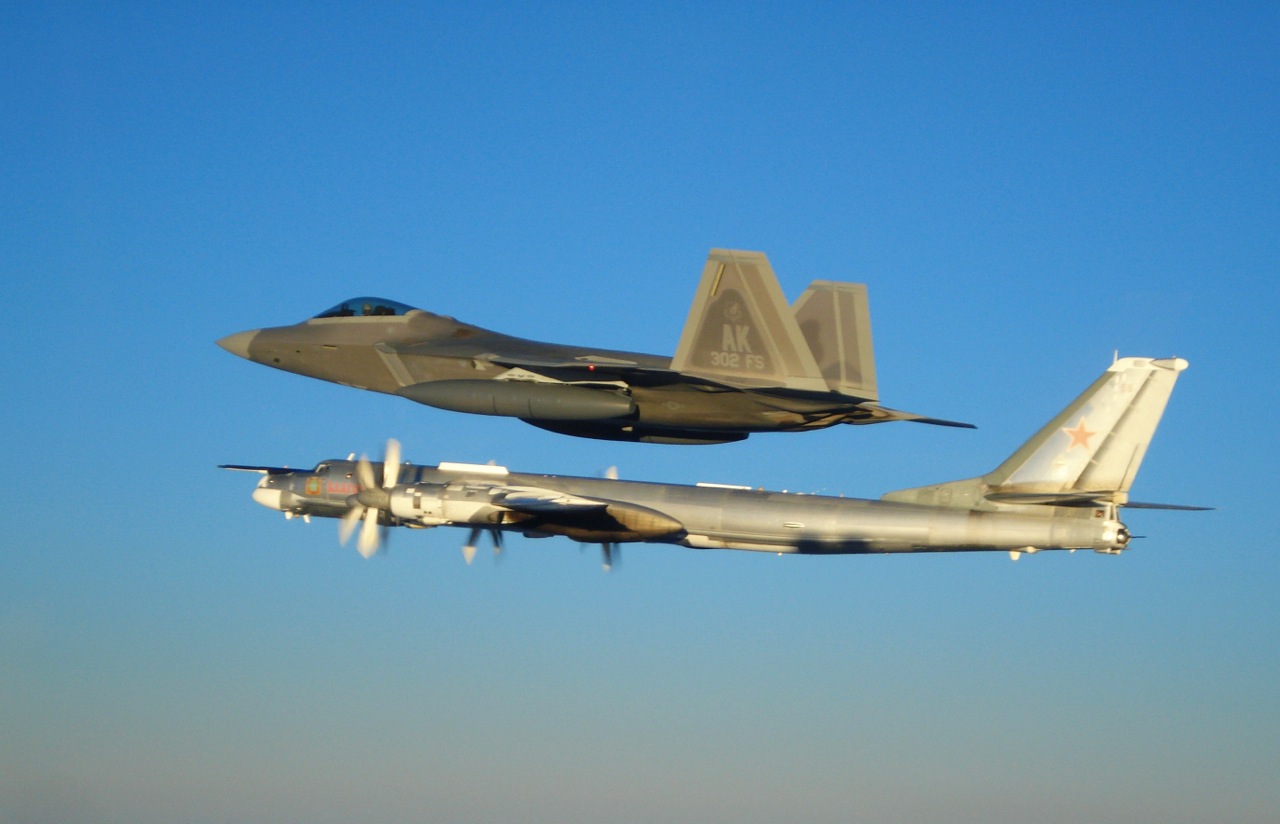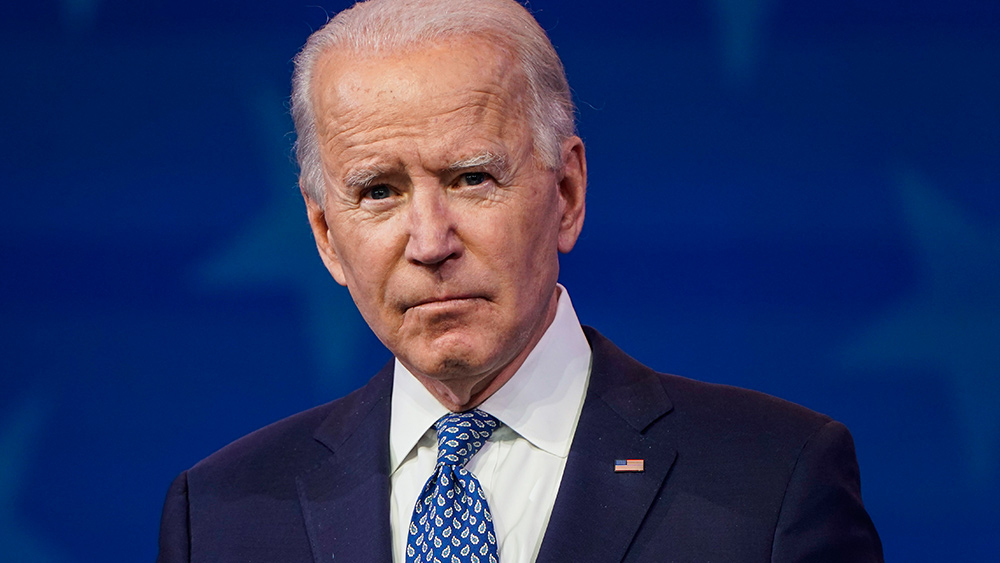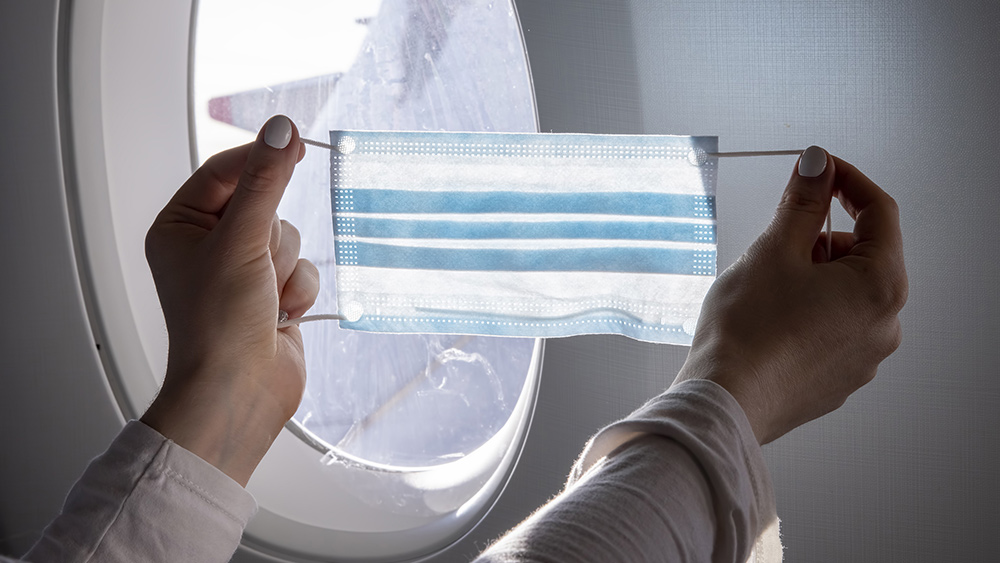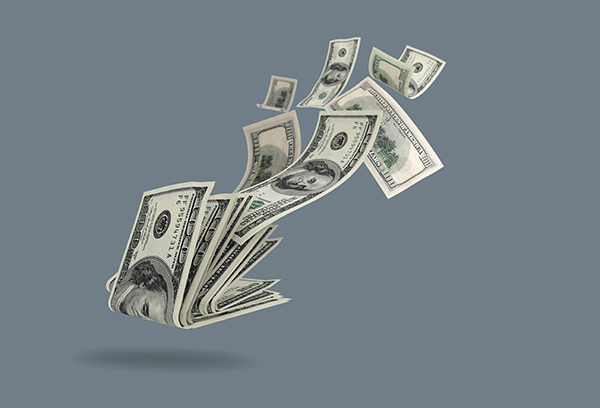Oil pipelines vs. rail transport: The statistics on spills vs. safety point to a clear winner
01/27/2017 / By JD Heyes

During his first days in office, President Donald J. Trump reversed course on former President Obama’s policies regarding the Keystone XL and Dakota Access pipelines, signing executive actions that will once again move those energy infrastructure projects forward, as he pledged he would do during his campaign.
The decisions are once again touching off major disagreements with environmental groups and Native American communities that had opposed the construction of both pipelines, in large part on grounds that pipelines are inherently risky and dangerous because of frequent leaks.
A recent report by CNBC is typical of the kind of coverage given to this topic, focusing only on pipeline spills, which, of course, do happen. But in reality, is oil transport via pipeline the most dangerous route, or is it transporting oil over-the-road and by rail? As Trump plans to move forward with new pipelines, we thought we’d take a look at the facts, figures and statistics ourselves, so our readers are well-informed on this issue.
In October 2016, Eco Watch reported that, up to that point, 220 “significant” pipeline spills had occurred for the year, along with an estimated 3,000 or so since 2006. (RELATED: Stay current on the latest environmental damage news at Environ.news)
“Based on data from the Pipeline and Hazardous Materials Safety Administration (PHMSA), an arm of the U.S. Department of Transportation, the number of significant pipeline incidents grew 26.8 percent from 2006 to 2015,” the site reported. “A significant incident is defined as one that results in serious injury or fatality, costs more than $50,000, releases more than five barrels of volatile fluids such as gasoline or 50 barrels of other liquids, or results in a fire or explosion. In 2015, there were 326 such incidents—almost one per day.”
But, as bad as that sounds, hauling oil over America’s aging railway system is even worse. As NBC News reported in 2014, trains spilled crude oil more often that year than any year since the federal government began keeping records:
“The record number of spills sparked a fireball in Virginia, polluted groundwater in Colorado, and destroyed a building in Pennsylvania, causing at least $5 million in damages and the loss of 57,000 gallons of crude oil.”
As for the volume of oil spilled, 2013 was the record year, with trains losing 1.4 million gallons of oil – more than the previous 40 years combined.
“They’ve got accidents waiting to happen,” Larry Mann, the principal author of the landmark Federal Railroad Safety Act of 1970, told NBC News. “Back in 1991 I said, ‘One day a community is going to get wiped out by a freight train. Well, in 2013 that happened and unless something changes it’s going to happen again.'”
In January 2014, Canada’s Global News reported that crude oil spills from trains are bigger than those from pipelines:
“Between January 1, 2006 and June 30, 2013, almost one third of all dangerous goods accidents on rail or road involved crude oil – much more than any other substance. But most of the 1,556 accidents in this time period happened while the vehicle was being loaded or unloaded; 645, or 41 per cent, happened in transit.”
The same piece noted that transporting oil by tractor-trailer involved the fewest number of accidents, but that experts noted the preference is to transport oil via pipelines. Miles and miles of pipelines are buried underground and thus are not subject to traffic, weather conditions and aging rail lines. What’s more, experts said, transporting oil via pipelines is much cheaper, meaning consumers pay less money for oil-based products ranging from gasoline to consumer products. (RELATED: Get the latest news and information on other forms of energy at Power.news)
Also, when it comes to determining which shipping method is worse, that depends on the metric you use to measure damage: Are we talking about property damage? Damage to the environment? Human death and destruction? That changes the dynamic considerably.
According to this article in OilPrice.com, transporting oil by rail is by far the most dangerous, but trucks present special dangers, too, in transporting an oil byproduct: gasoline; nearly all gasoline sold in the U.S. travels at some point by truck. Pipelines are damaging, too, in that they can often leak for months or years without anyone knowing. Transporting oil by ship presents its own challenges too, and in fact is rated worst when we’re talking about environmental damage.
The U.S. government estimates that 70 percent of all oil is transported via pipeline, and yet given that massive amount, multiple sources have noted that generally speaking, it is the safest, most efficient and cost-effective way to transport the very resource that powers our economy.
J.D. Heyes is a senior writer for Natural News and News Target, as well as editor of The National Sentinel.
Sources:
Submit a correction >>
Tagged Under:
Dakota Access Pipeline, executive action, Keystone XL, oil transport, President Donald J. Trump
This article may contain statements that reflect the opinion of the author
RECENT NEWS & ARTICLES
COPYRIGHT © 2017 WHITE HOUSE NEWS





















